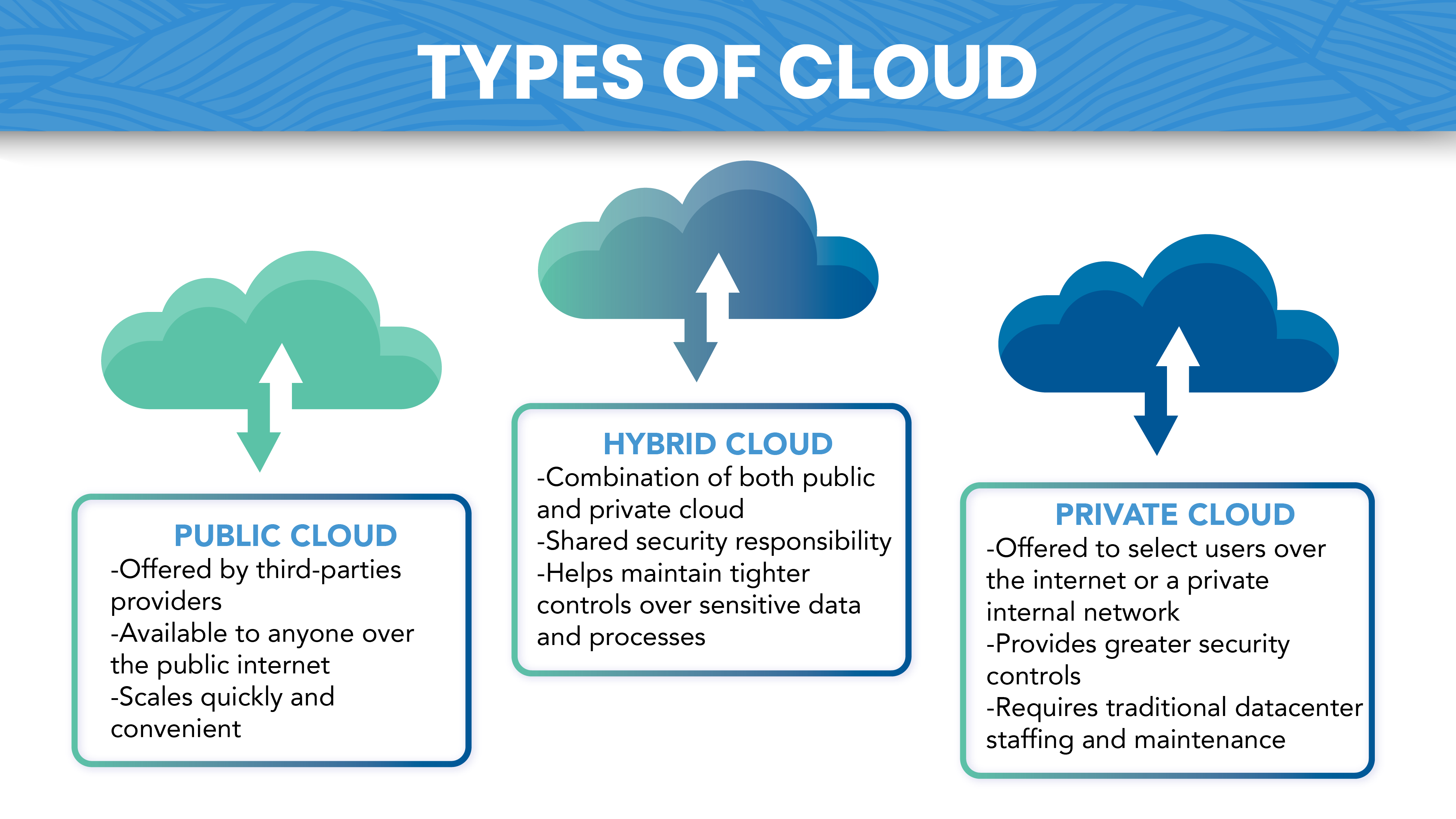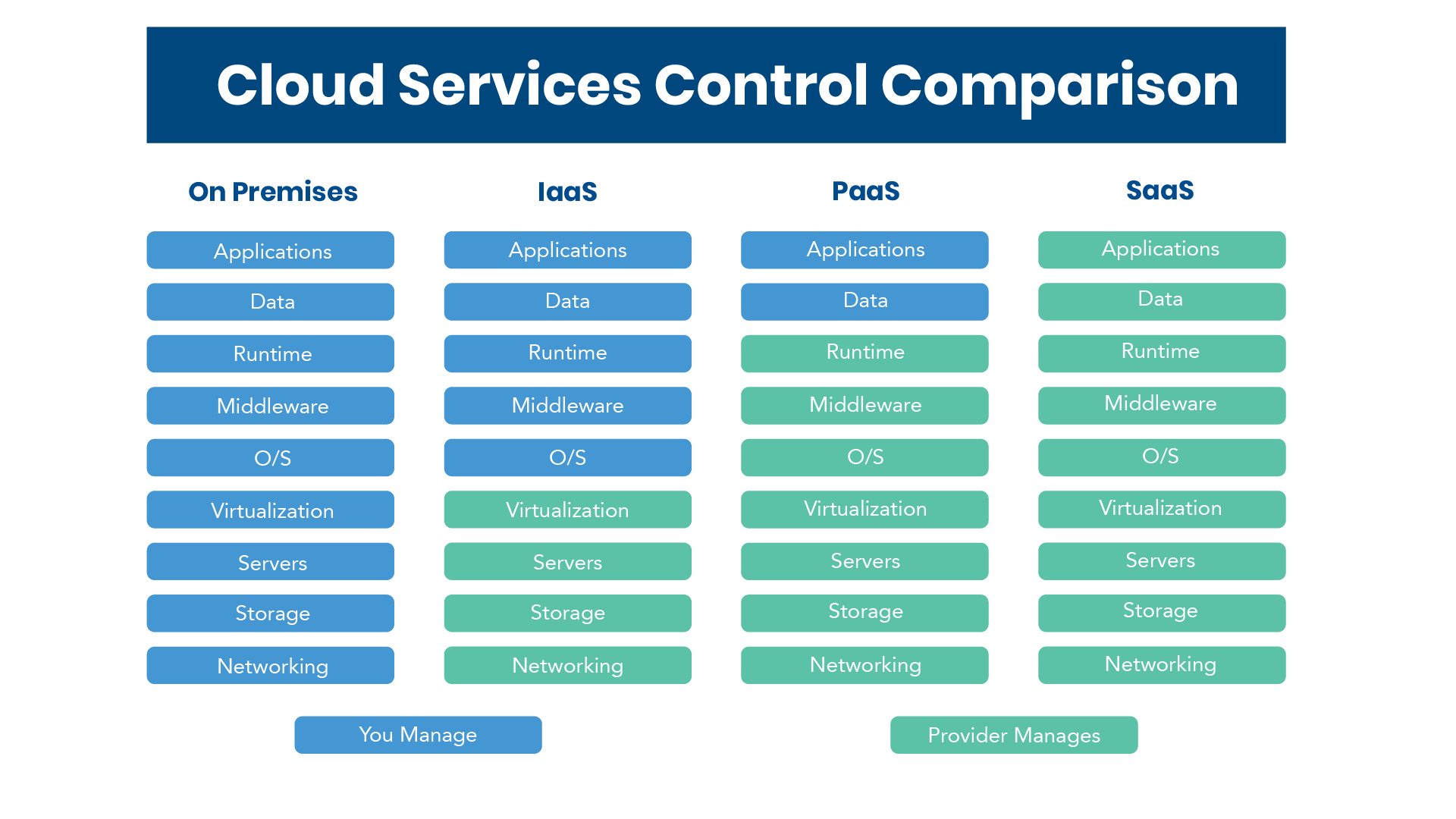It’s always difficult to explain what “Cloud Computing” is, but over the years I’ve started to give a simple explanation. I like to think about cloud services like having a business. For example, if you want to start a coffee shop business, you would need to get the property, buy the land, and build it. You’d need all the machines and raw material to start brewing. However, instead of investing a ton of money on building a store and buying machines, it may be a better idea to rent both of these things. For a short-term solution, it may be better a better decision to treat the business like a startup or use way less machines than you’d typically want.
To me, cloud services work something like that. Instead of having your own data center and buying several servers, we have the opportunity to pay a cloud provider like AWS, Azure, or Google Cloud. You'd pay to use only the services you’d need. Plus, you do not need to worry about the energy consumed, the temperature of each computer, or if there is an infrastructure failure. The provider will always monitor physical health in their data centers and update them if they become obsolete.
In more formal terms, Investopedia says cloud computing is the delivery of different services through the Internet. These resources include tools and applications like data storage, servers, databases, networking, and software.

Types of Cloud
As we know, technology moves extremely fast What we thought was revolutionary years ago is now obsolete. The cloud was not a big deal fifteen years ago when it first came onto the scene.Now, it’s one of the most efficient and used ways to work in IT. From having a virtual machine set up in minutes and then evolving to being able to process terabytes of data to finally predict customer choices or even deploy a website automatically in just a few seconds.
A large number of companies currently use cloud computing systems. Organizations like Netflix, YouTube, Amazon, Spotify, and many websites we see online are hosted in a public cloud.
Here are the three types of cloud options found today:

Private Cloud (On-premise): You would use your own data center and must control everything including infrastructure, the operating system, software, hardware, temperature, and electricity.=
Public Cloud: You are provided a data center. In this case, you would only pay for and use the services needed. When you use a public cloud, you can choose from three types of services:
- IaaS (Infrastructure as a Service) - Services such as storage, networking, and virtualization, services where you will manage everything but the physical infrastructure.
- PaaS (Platform as a Service) - Services such as containers, kubernetes, azure functions, or AWS lambdas where you manage the code, but not the operating system or any software in the virtual machine.
- SaaS (Software as a Service) - Services such as Office 365 and Amazon Prime. SaaS platforms make software available to users over the internet, usually for a monthly subscription fee.
Hybrid Cloud: This one is a combination of private and public clouds and can be uniquely organized depending on how much you’d like to use a private cloud over a public one.
The cloud is becoming a very important technology for IT companies and developers is an easier and faster way to work and manage projects.
When you start working with cloud providers, it could be a little overwhelming. But, as we use and learn about it, we realize it is an easier way to work and manage everything. You usually have the option to try the services out using a free trial too.
Services to know
The most common services used in a public cloud are the following:
Virtual machine: When you use a virtual machine on the cloud, all the information and data is just a few clicks away. You only need to log in, and it's like you are using your own computer.
Storage: You can upload a lot of information to the cloud and consume it when needed. Anything can be uploaded, from a small .txt file to a huge movie collection
Networking: We can control access to our resources or balance the traffic. It is possible to connect machines together to manage security and requests.
Containers: Upload code without worrying about a virtual machine’s prerequisites or any packages. You can have different containers in a single virtual machine, prepare code for the container, and then upload it before using the application.
App Services: We can upload a web application or a microservice to a provider like Azure using App Services o AWS using Lambdas.
DNS: We can bind a domain name like “google.com” to our services in the cloud to make it easier to find our web page.
Databases: We can store databases directly in a cloud by creating them from scratch or uploading it. It can be replicated thru different data centers in case something fails.
Conclusion
The cloud is one of the most important technologies on the market right now. It has grown fast and is expected to expand even more in the future. So, it is very important to understand how it works, even if you are not the one working directly with it. It is important to learn new ways to work in order to fulfill the needs of every situation that may come your way. We can help, so reach out for more information.


-2.png?width=1200&name=SM_03_21_Art_01%20(1)-2.png)

Post Your Comment Here